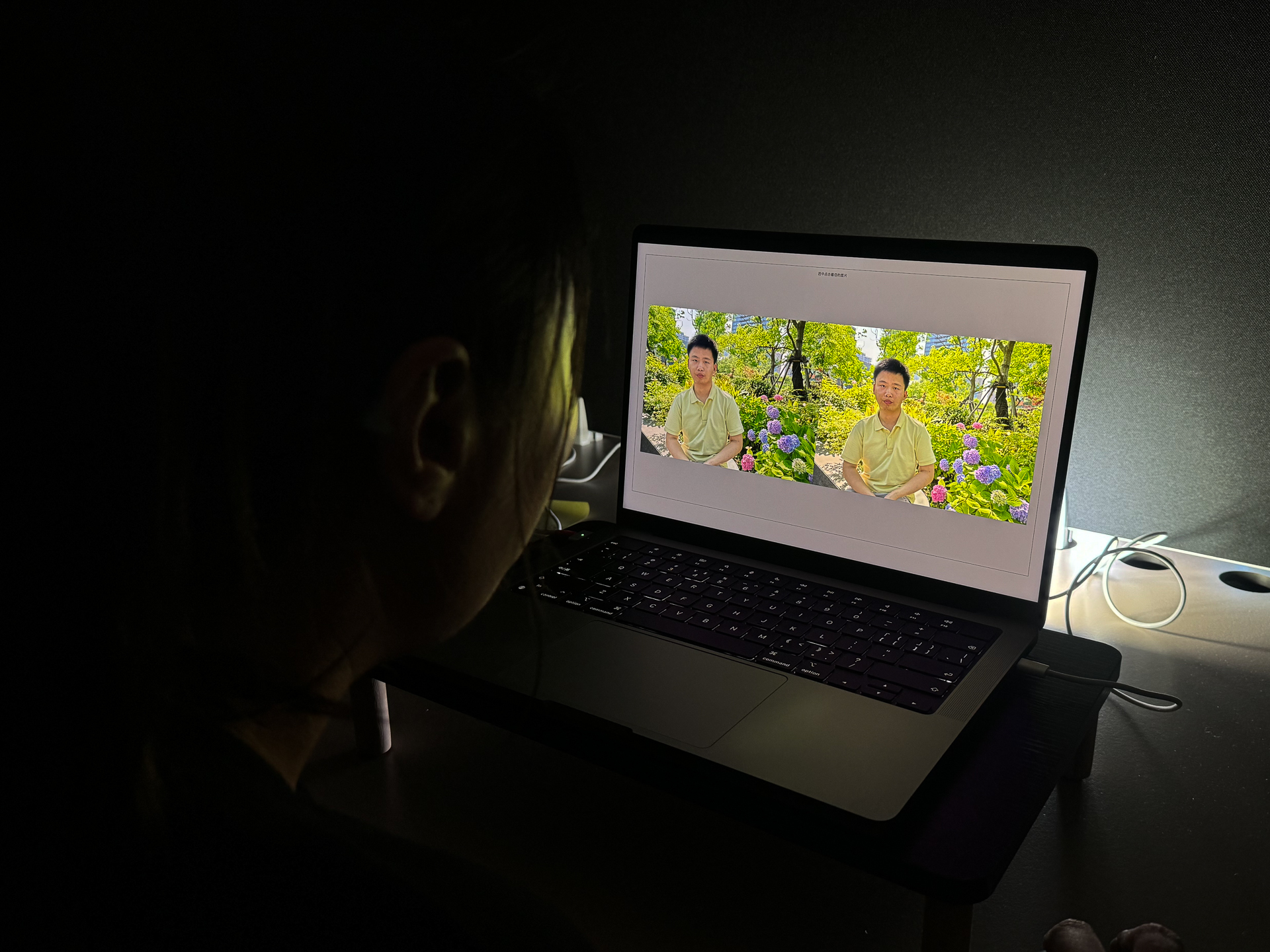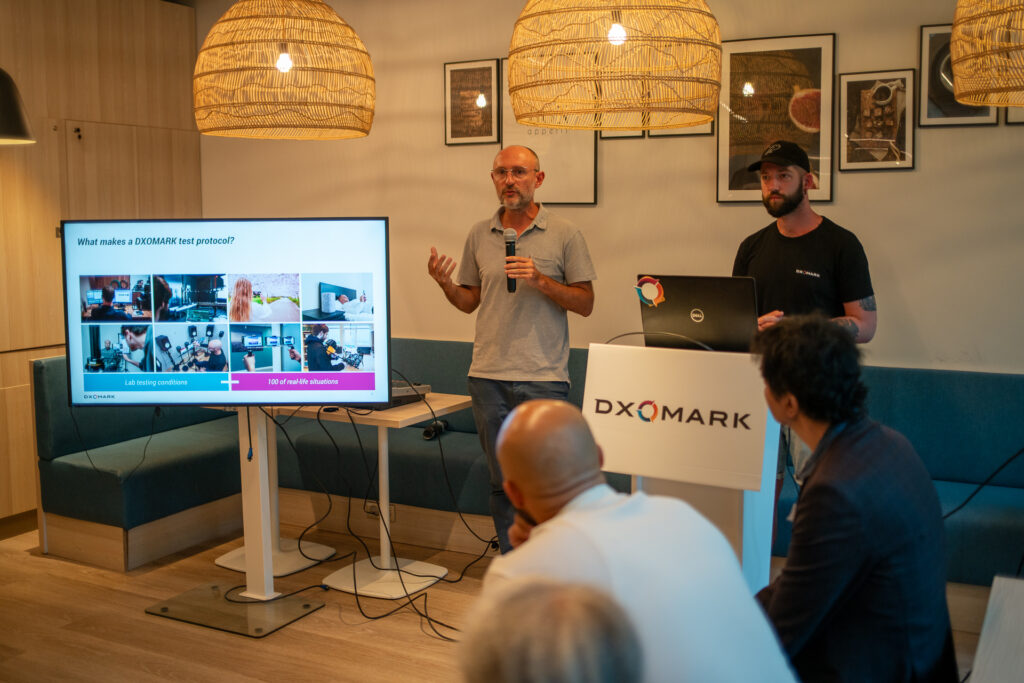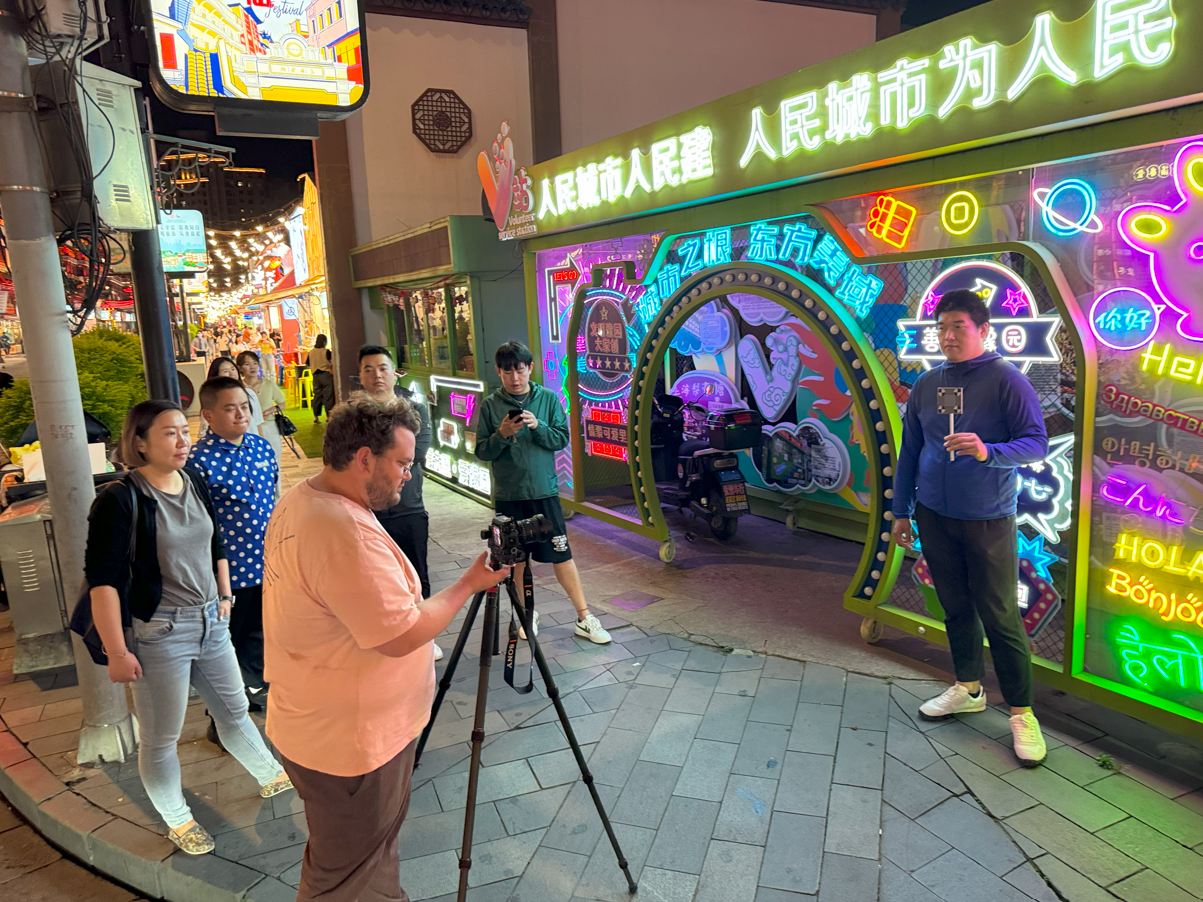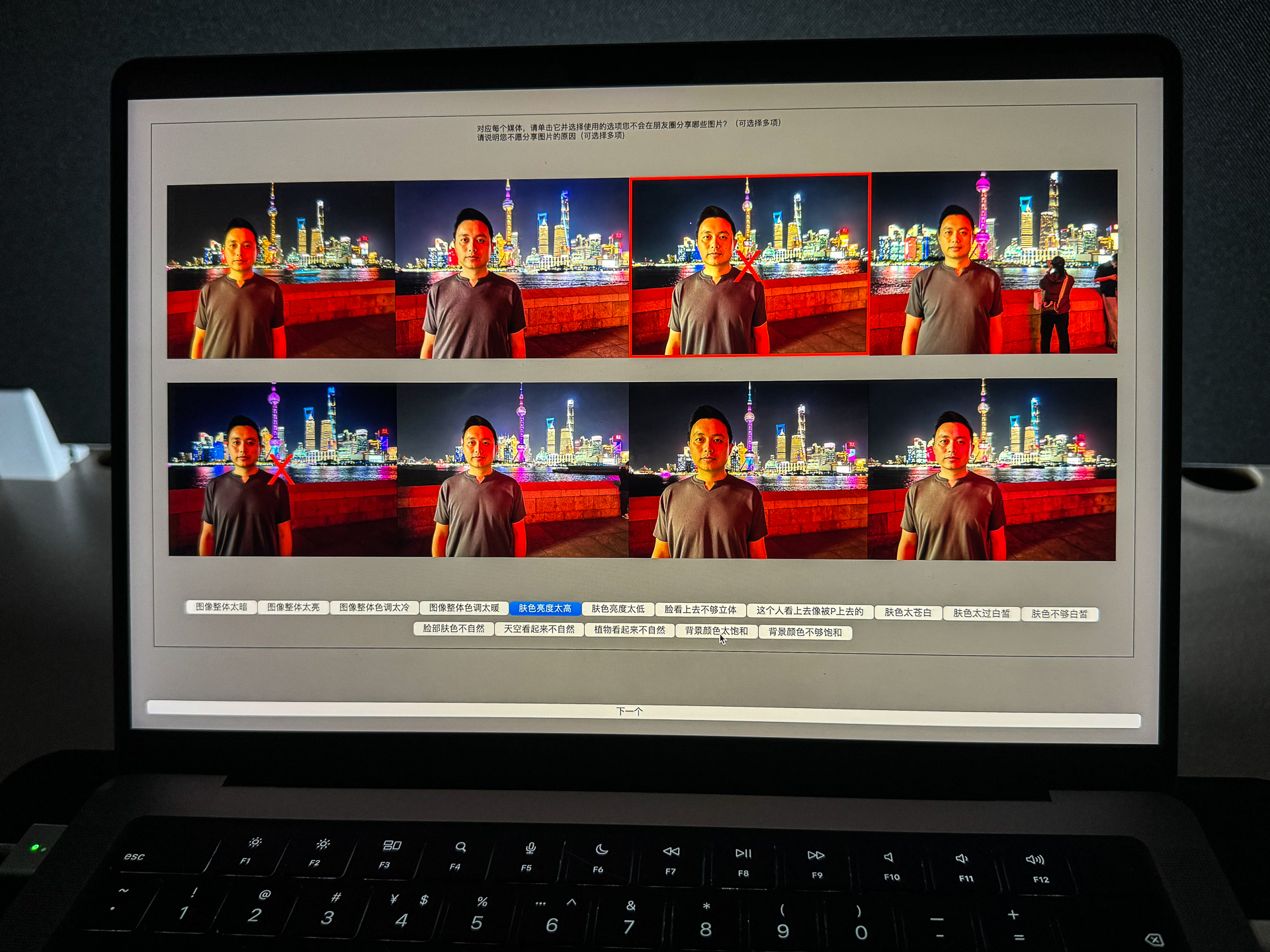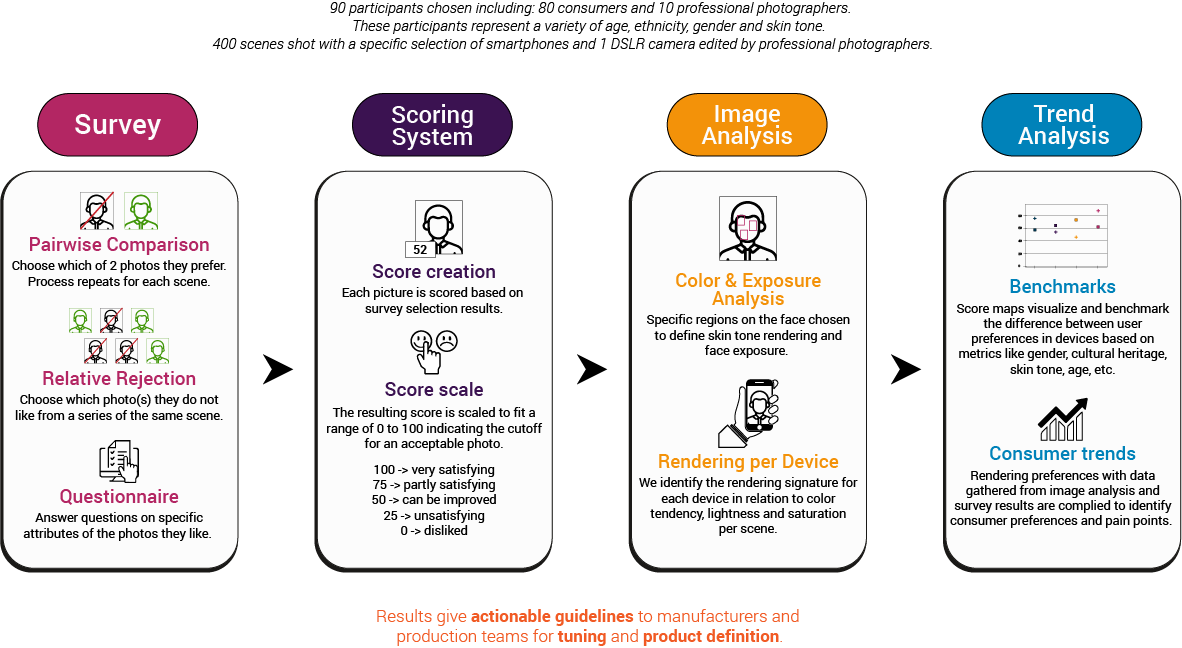DXOMARK Insights on Portrait Photography – Shanghai/ China
An in depth understanding of trends in portrait user preferences
DXOMARK Insights is a specialized service designed to address the key technical challenges faced by manufacturers while uncovering critical trends in user preferences and consumer pain points. In 2024, DXOMARK put particular attention to the most popular yet technically demanding aspect of smartphone photography: portrait capture. With a particular emphasis on local preferences for portrait photography on flagship smartphones, our research aimed to provide valuable insights that help manufacturers better align their products with consumer expectations.
Key Highlights
- A comprehensive analysis conducted with a panel of consumers as well as professional photographers
- A unique scientific methodology at assessing and analyzing trends in user preferences
- Actionable tuning guidelines based on target user preferences, helping to settle and improve your next product’s quality

 DSLR & Mirrorless
DSLR & Mirrorless  3D Camera
3D Camera  Drone & Action camera
Drone & Action camera 

